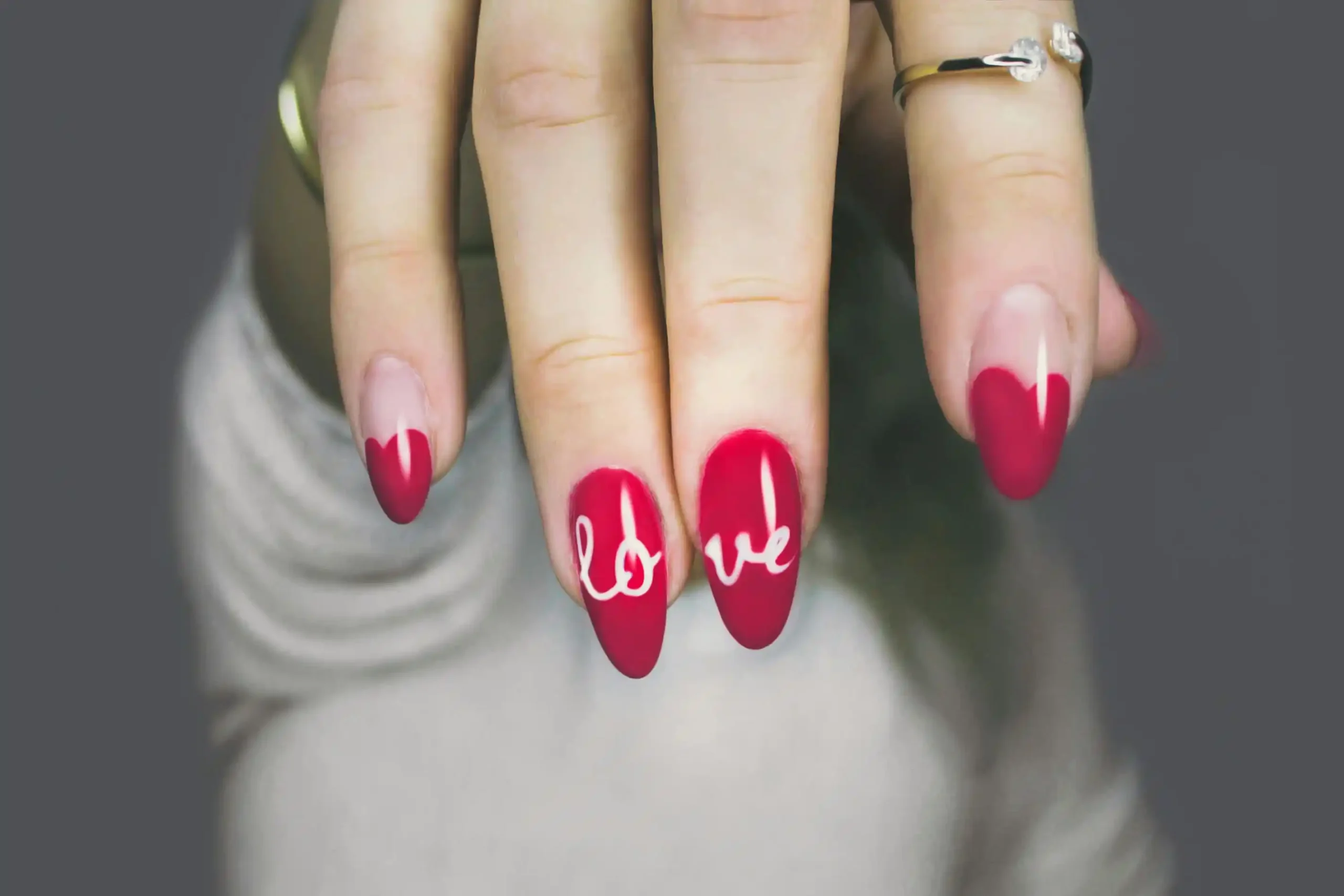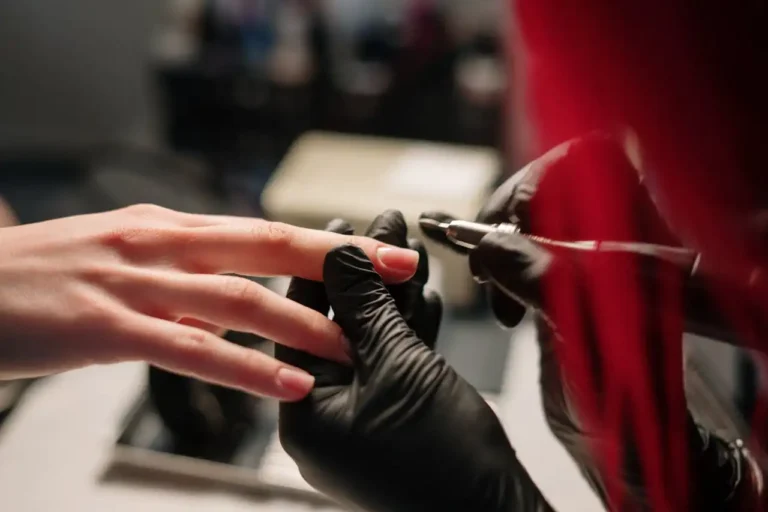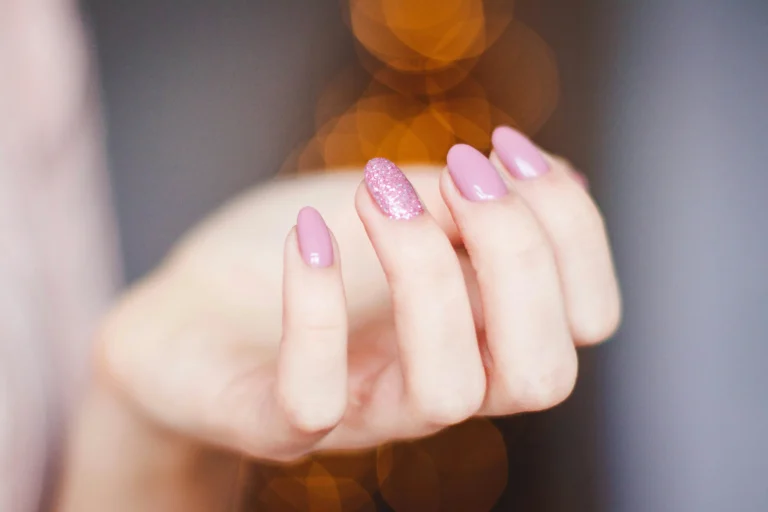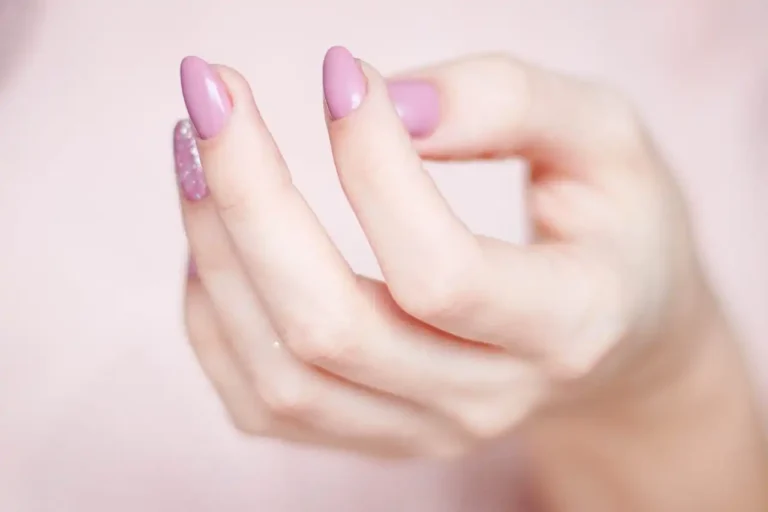5 Nail Habits That Are Ruining Your Nails
You dream of having strong, beautiful nails, but somehow they always seem weak, brittle, or damaged.
The culprit might be closer than you think. Your daily habits could be sabotaging your nail health without you even realizing it.
Let’s explore five common nail habits that might be ruining your nails and learn how to break them for healthier, stronger nails.
1. Biting Your Nails (And Everything Around Them)

You probably started this habit as a child, and now it feels almost automatic.
When you’re stressed, bored, or anxious, your fingers find their way to your mouth before you can stop them.
Nail biting might seem harmless, but it’s actually one of the most destructive things you can do to your nails.
When you bite your nails, you create tiny tears and uneven edges that make your nails more prone to breaking.
Your teeth aren’t precision tools – they leave jagged, rough surfaces that catch on everything from clothing to hair.
These rough edges become weak points where your nails can split or break completely.
But the damage doesn’t stop at your nails. You’re also biting the skin around your nails, creating open wounds that can become infected.
Your mouth contains bacteria that don’t belong on your fingers, and your fingers pick up germs throughout the day that don’t belong in your mouth.
This creates a cycle of potential infections and irritation.
The constant moisture from saliva also weakens your nail structure.
Your nails need to stay dry to maintain their strength, but frequent exposure to saliva makes them soft and prone to damage.
Breaking this habit takes time and patience, but your nails will thank you for it.
2. Using Your Nails as Multi-Purpose Tools
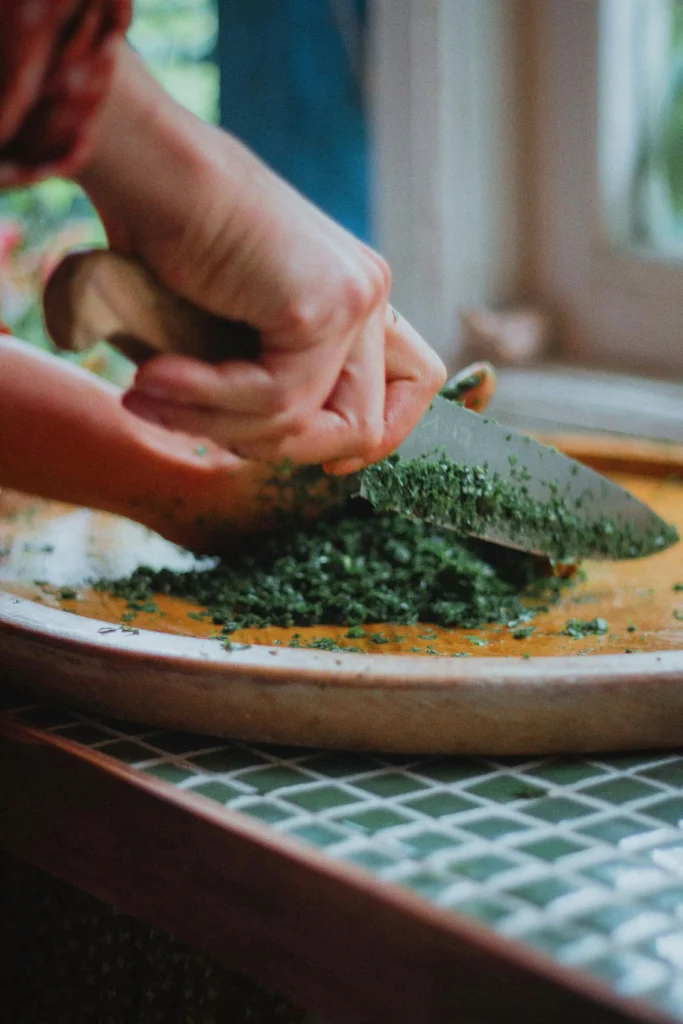
You’ve done it countless times – used your nails to open packages, scrape off stickers, or pop open cans.
Your nails might seem strong enough for these tasks, but they’re not designed to be tools.
Every time you use them this way, you’re putting stress on the nail structure that can lead to cracks, breaks, and permanent damage.
When you use your nails to pry things open, you’re applying pressure in ways that your nails can’t handle.
The force gets concentrated at the tip and edges, creating stress points that weaken the entire nail.
You might not see the damage immediately, but micro-cracks form that make your nails more likely to break later.
Your nails are made of keratin, the same protein found in your hair.
Just like you wouldn’t use a strand of hair to open a package, your nails aren’t meant for heavy-duty work.
They’re designed to protect your fingertips and help you pick up small objects – that’s it.
Start keeping proper tools handy instead. A letter opener, scissors, or even a coin can do the job your nails have been doing, without causing damage.
Your nails will grow stronger and longer when they’re not constantly stressed by improper use.
3. Cutting Your Cuticles (Or Picking at Them)
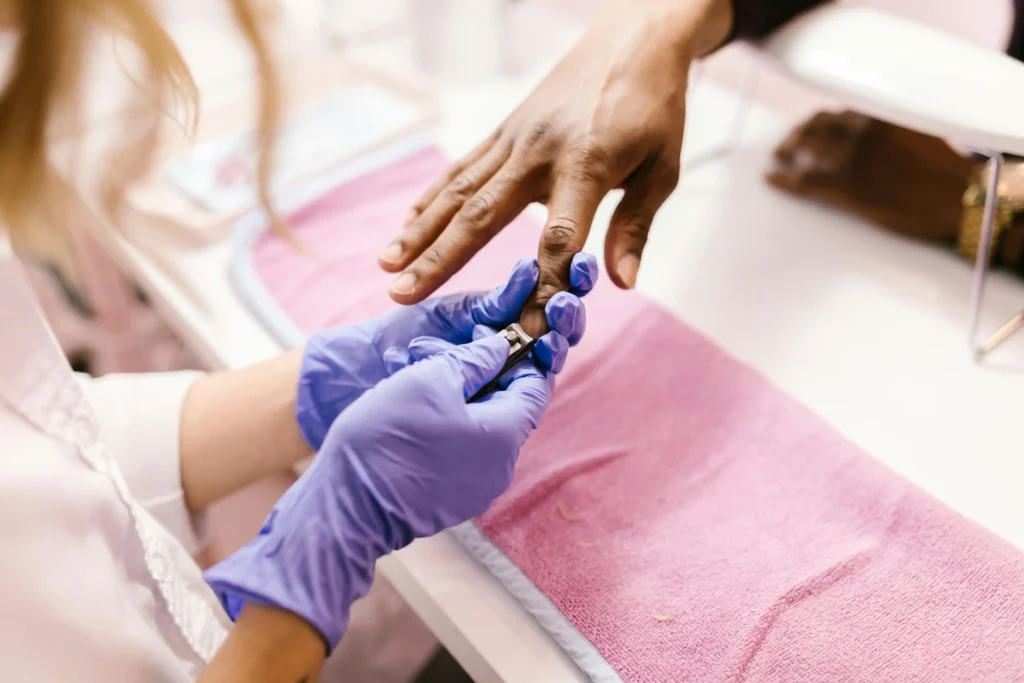
You might think that cutting your cuticles gives you a cleaner, more polished look, but this habit can actually damage your nail health.
Your cuticles serve an important purpose – they protect the nail matrix where new nail growth occurs.
When you cut them, you remove this protective barrier and create an entry point for bacteria and infections.
Professional manicurists might make cuticle cutting look easy and safe, but they have specialized training and sterile tools.
When you do it at home, you’re more likely to cut too much or use unclean instruments. Even small cuts can become infected, leading to painful swelling and potentially permanent damage to your nail growth.
Picking at your cuticles is equally problematic. When you pick, you create irregular tears that can become infected or lead to hangnails.
Your fingers carry bacteria and oils that can introduce problems to these small wounds.
The picking also becomes a compulsive habit that’s hard to break and creates a cycle of damage and more picking.
Instead of cutting, focus on gentle cuticle care.
Push them back gently after a shower when they’re soft, and use cuticle oil to keep them moisturized and healthy.
Your cuticles will look better when they’re cared for properly rather than cut away.
4. Filing Your Nails Incorrectly (Or Over-Filing)
You know filing is important for nail health, but the way you file matters just as much as how often you do it.
Many people file their nails back and forth like they’re sawing wood, but this sawing motion actually creates tiny tears in the nail that make it weaker and more prone to breaking.
When you file back and forth, you’re essentially shredding the edges of your nails. The file catches on the nail fibers and pulls them in different directions, creating a rough, uneven edge that’s full of microscopic damage.
These damaged edges catch on things and lead to breaks and splits that travel up the nail.
Over-filing is another common mistake.
You might think that filing your nails more often will make them stronger, but excessive filing actually weakens them.
Each time you file, you remove a layer of nail, and too much filing can make your nails thin and fragile.
The correct filing technique involves moving the file in one direction only, from the outside edge toward the center.
Use gentle, smooth strokes and avoid pressing too hard. File only when necessary, and choose a fine-grit file that won’t cause as much damage.
Your nails will be stronger and smoother with proper filing technique.
5. Neglecting Nail and Cuticle Moisturization
You probably moisturize your hands regularly, but you might be skipping one of the most important areas – your nails and cuticles.
Just like the skin on your face and body, your nails and cuticles need regular moisture to stay healthy and strong. When they dry out, they become brittle and prone to breaking.
Dry nails are weak nails. Without adequate moisture, your nails lose their flexibility and become more likely to crack or snap under pressure.
You might notice that your nails break more often in winter when the air is dry, or after activities that strip moisture from your hands like cleaning or gardening.
Your cuticles also suffer when they don’t get enough moisture.
Dry cuticles become hard and start to pull away from your nails, creating painful tears and hangnails. These tears can become infected if bacteria gets into the open skin, leading to bigger problems than just cosmetic concerns.
Make nail and cuticle care part of your daily routine.
Apply cuticle oil or a rich hand cream to your nails and cuticles every day, paying special attention to the area around your nails.
Massage the moisturizer in gently to improve circulation and promote healthy nail growth. Your nails will become stronger and more flexible with consistent moisturizing.
The Path to Healthier Nails
Breaking these harmful habits won’t happen overnight, but your nails will start to improve as soon as you stop damaging them.
Be patient with yourself as you develop new, healthier habits. Keep your nails short while they’re recovering, and focus on gentle care rather than aggressive treatments.
Pay attention to your triggers for these habits. Do you bite your nails when you’re stressed? Do you use them as tools when you’re in a hurry?
Understanding when and why you engage in these behaviors will help you catch yourself before the damage happens.
Consider keeping your hands busy with other activities when you feel the urge to bite or pick.
Stress balls, fidget toys, or even just keeping your hands moisturized can help redirect these impulses.
The busier your hands are with healthy activities, the less likely you are to engage in harmful habits.
Remember that nail health is a reflection of your overall health.
Eating a balanced diet, staying hydrated, and taking care of your general well-being will all contribute to stronger, healthier nails. Biotin supplements might help some people, but check with your healthcare provider before starting any new supplements.
Conclusion
Your nails can recover from damage and grow stronger with proper care and patience.
Break these harmful habits today for healthier, more beautiful nails tomorrow.

